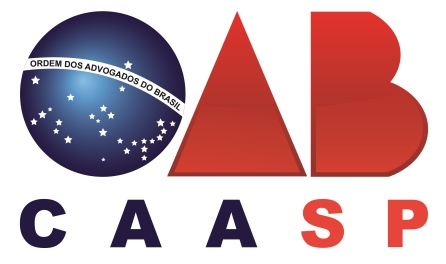It uses finger spellings involving varying hand movements and placement, facial expressions as
Language is signed by forming the letter l with each hand at the center of the body, and moving each hand outward.Largely visual, the american sign language is used by the deaf in the united states and many parts of canada to communicate.Learn how to sign hello and other signs in british sign language with the bsl dictionary.
Now take the hand, starting with your hand in front of your ear, and extend it outward and away from your body.One true;One true;Practice the sign for hello. this sign is universally used to greet someone.
Provide feedback about this sign.Say hello in sign language sign language is a combination of the signs for each word.Say hello in sign language.Search and compare thousands of words and phrases in american sign language .
Stay with us as we tell you how to say hello in 50 different languages:The afrikaans word for hello is hallo.The albanian word for hello is pershendetje.This sign is used to say hello hi
Types Of Sign Language
The first thing to understand is what type of sign language you want to learn. This will most likely be based on where you live, and what verbal language is spoken in your community. Hand signs can vary based on the type of sign language being used. For example, there is American Sign Language , British Sign Language and various others, based on different languages.
- Deaf sign languages: The preferred languages of Deaf communities around the world; including village sign languages, shared with the hearing community, and;Deaf-community sign languages
- Auxiliary sign languages: Sign systems used alongside oral, spoken languages.
- Signed modes of spoken languages, or manually coded languages: Used to bridge signed and spoken languages
Relationships With Spoken Languages
There is a common misconception that sign languages are somehow dependent on hookupdate.net/it/xlovecam-review/ spoken languages: that they are spoken language expressed in signs, or that they were invented by hearing people. Similarities in language processing in the brain between signed and spoken languages further perpetuated this misconception. Hearing teachers in deaf schools, such as or Thomas Hopkins Gallaudet, are often incorrectly referred to as “inventors” of sign language. Instead, sign languages, like all natural languages, are developed by the people who use them, in this case, deaf people, who may have little or no knowledge of any spoken language.
As a sign language develops, it sometimes borrows elements from spoken languages, just as all languages borrow from other languages that they are in contact with. Sign languages vary in how much they borrow from spoken languages. In many sign languages, a manual alphabet may be used in signed communication to borrow a word from a spoken language, by spelling out the letters. This is most commonly used for proper names of people and places; it is also used in some languages for concepts for which no sign is available at that moment, particularly if the people involved are to some extent bilingual in the spoken language. Fingerspelling can sometimes be a source of new signs, such as initialized signs, in which the handshape represents the first letter of a spoken word with the same meaning.
How Are You In Sign Language
1. This is a two part sign. First sign the word how by placing both fists;together, thumbs up, and rolling your hands forward so the palms end up;facing up and the fingers are slightly curled in.2. Next sign you simply by pointing at the person you are addressing.3. Together these two pieces make up How are you? This sign can also mean;How are you doing?



